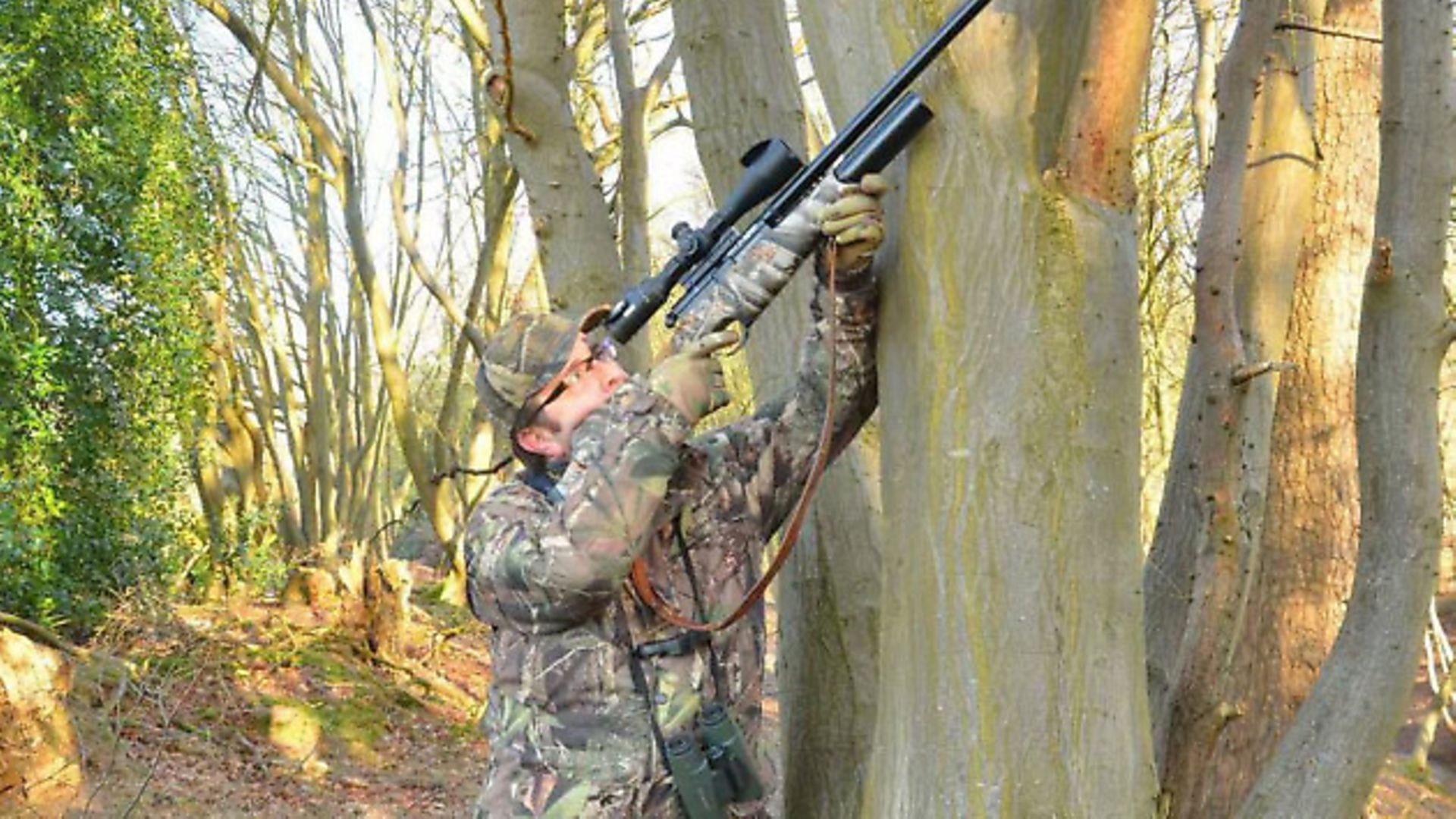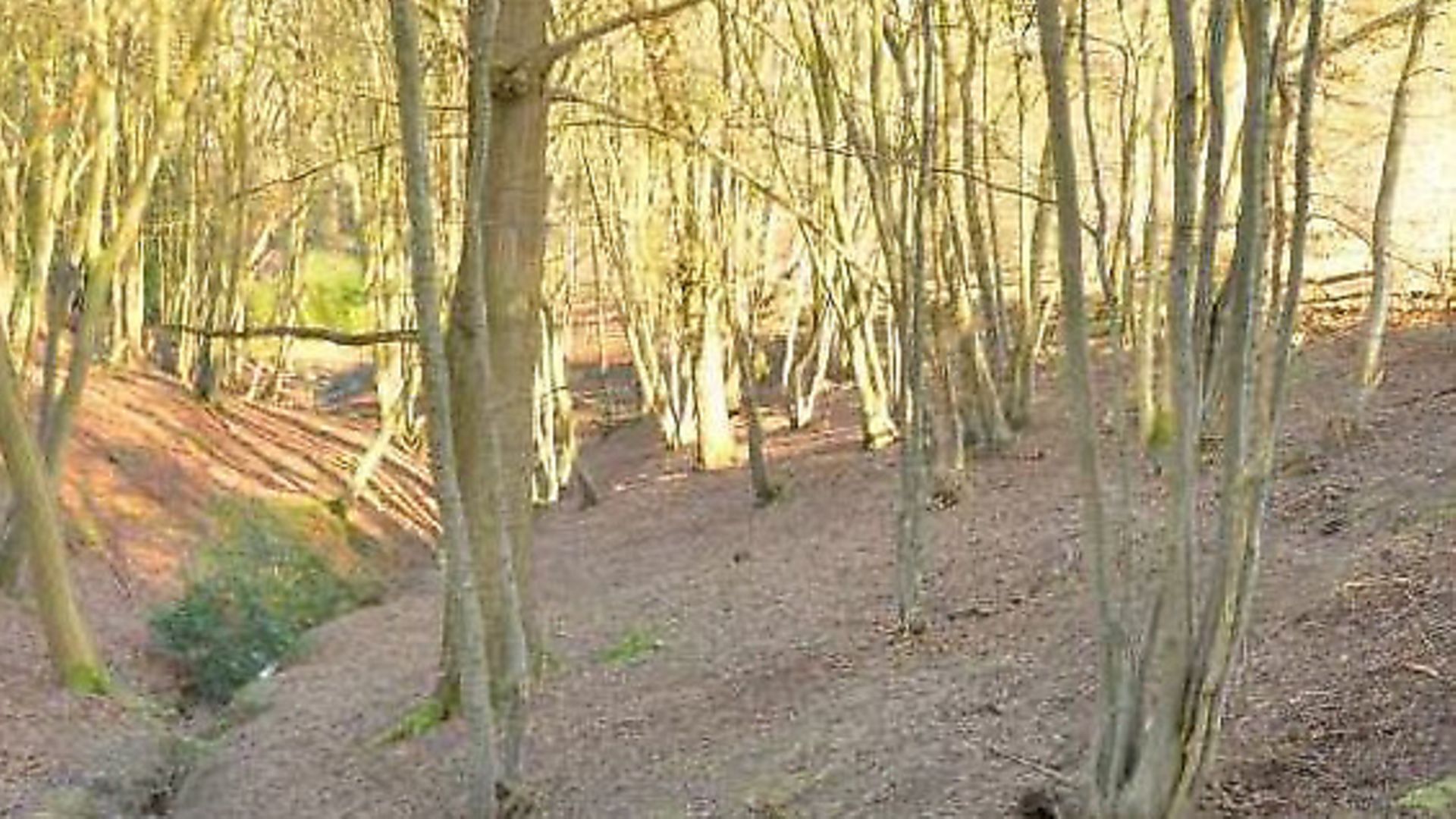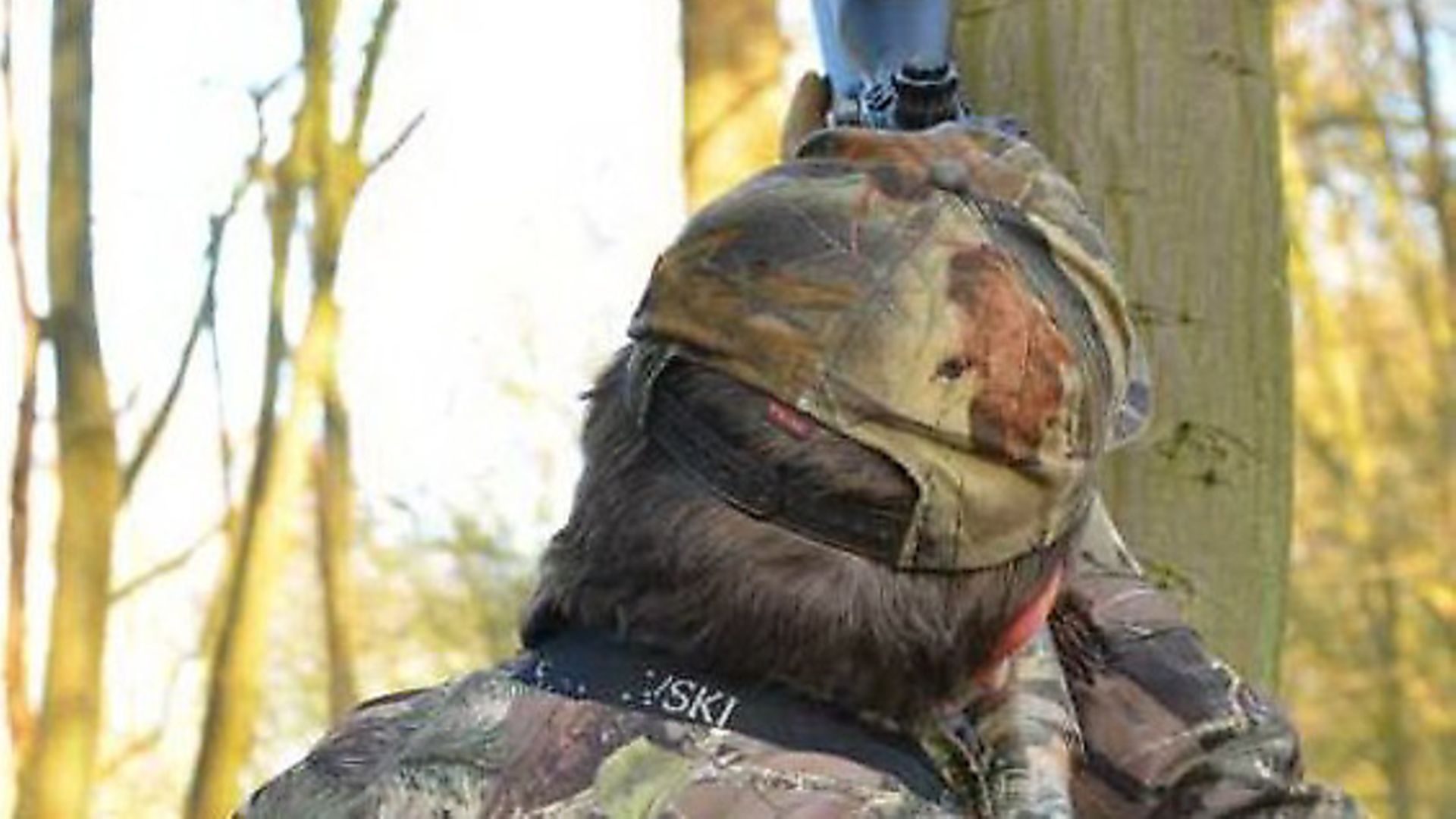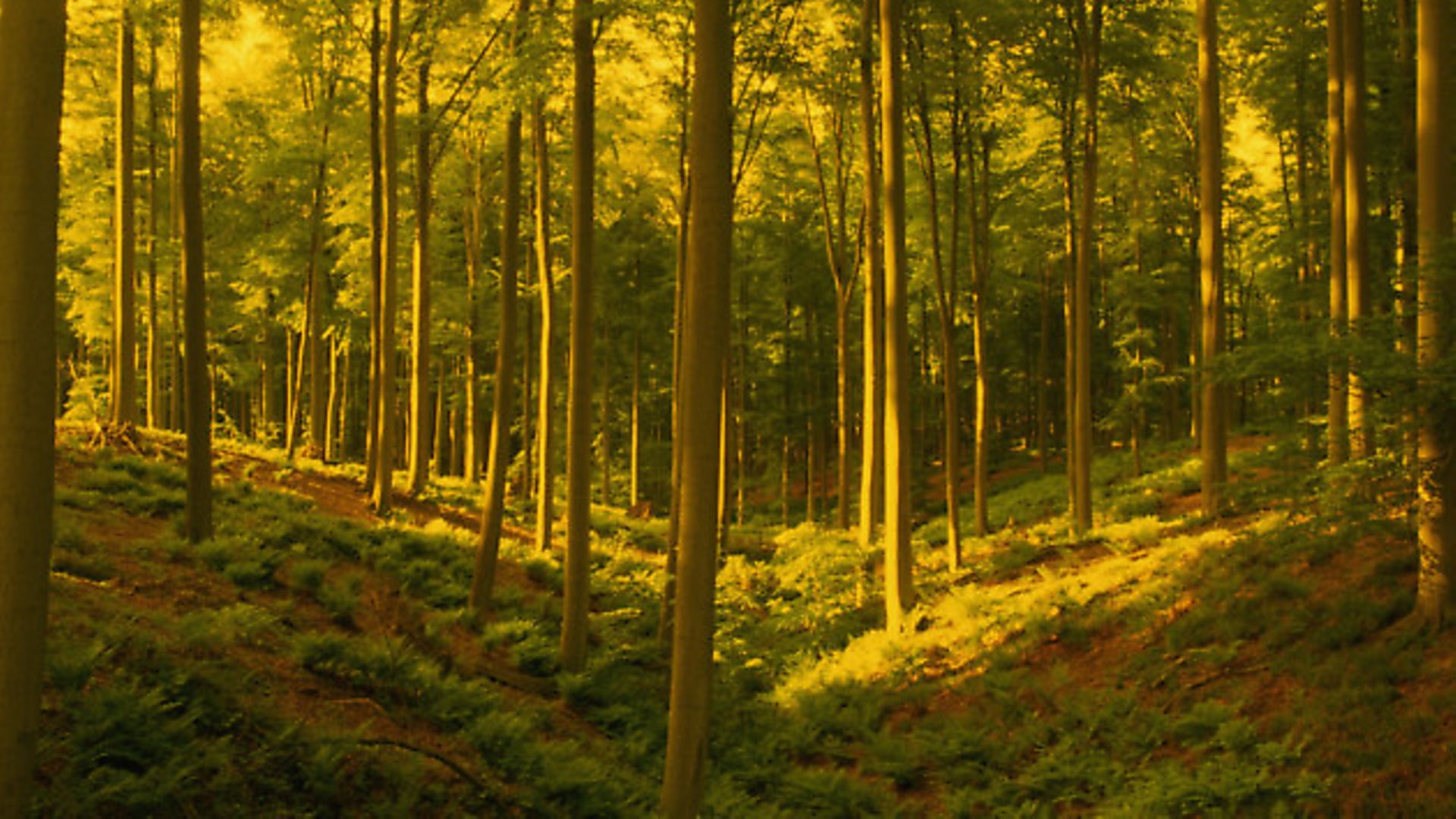The vast majority of Air Gunner readers are hunters, so here are my five top hunting tips learned from over 30 years in the field.
 credit: Archant
credit: Archant
1. Use binoculars
I always carry binoculars when I’m hunting and you should too. They offer so many advantages, it’s daft not to use them. I like to scan well ahead, searching every inch of grass, and the trees, for my quarry. You’d be surprised at just how often you’ll see a rabbit feeding, or pigeons in the treetops, that you simply couldn’t have seen with the naked eye. This allows me to plan my approach, using the shape of the land and any cover to hide me until I’m in range. Binos are vital for my favourite quarry, the grey squirrel; they’ll often flatten themselves on branches, almost completely out of sight, but with binoculars I can sometimes see a paw or a tail which then allows me to move into a position that lets me make the shot.
 credit: Archant
credit: Archant
2. Slow down
A wise old hunter once told me that we should stay still for twice as long as we move. In other words, stop hurrying around your shoot. It’s just as likely that your quarry will appear where you are as anywhere else, and movement is a huge give-away. Wild animals are highly attuned to spotting movement, so by minimising it you maximise your success. Better yet, stay still and use your binoculars. I’ve often had a pigeon come in to roost close to me as I stood, offering the chance of a shot. Had I been moving it would have flown right past.
 credit: Archant
credit: Archant
3. Walk thoughtfully
Many hunters go crashing along through the woods and wonder why they never see any birds or animals. The smart hunter thinks about every step from the moment they leave the car. I’ve shot rabbits using my car as a rest because I was aware enough to notice them as I arrived, and kept quiet as I took the rifle from the boot. Don’t fall into the trap of assuming that your prey will be where you saw it last time and nowhere else. Move silently everywhere, stay alert and slowly you’ll notice more. The small songbirds, deer, and badgers will all react when they see you and if they run or give an alarm, every other living creature will hear it and know that there’s trouble in the area.
 credit: Archant
credit: Archant
4. Listen
If you focus on everything moving around you, you’ll soon tune into the noises of the countryside. Take squirrels again; as they race up and down trees, their claws make a distinct scratching noise that can guide you towards their location. Often, they’ll be on the opposite side of the trunk to you but you’ll still locate them roughly. This allows you to search in the right area, rather than just looking everywhere. In thick woodland you can sometimes hear pigeons landing. Their wings give a distinctive whistle as they come in, which helps you to find them. Train your ears to identify these noises and you’ll have another weapon in your hunting arsenal.
 credit: Getty Images
credit: Getty Images
5. Learn the land
Each time you visit your hunting permission try to memorise a new area along with important information such as how the prevailing wind affects it. In my part of the world, we mostly get south-westerlies, so I know how to approach the rabbit hot-spots with the wind in my face. I also know the most popular ‘sitty trees’ favoured by the pigeons and how to sneak into them without being seen by the sharp-eyed birds. I know the best places to cross muddy ditches, and where the steepest slopes are, too. This knowledge becomes vital at night if you’re lamping rabbits. Plunging into waist-deep water in midwinter isn’t funny, and falling hard on a slippery area can be downright dangerous.